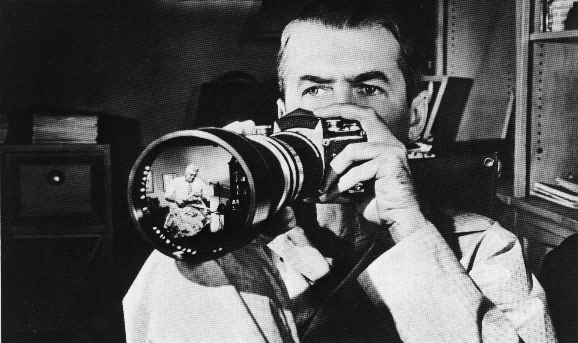In Ma Vie en Rose, Ludo idolizes the fictional character Pam.
How might Irigaray see this idolization?
Irigaray says that “Woman…is only a more or less obliging prop for the enactment of man’s fantasies. That she may find pleasure there in that role, by proxy, is possible, even certain. But such pleasure is above all a masochistic prostitution of her body to a desire that is not her own, and it leaves her in a familiar state of dependency upon man.” I think this definitely relates to Ludo, as he (arguably as a man) has fantasies involving Pam. But is Pam, as a character, dependent upon man? She seems to be a fairly independent woman- living in a Barbie-worthy house with a Ken-worthy boyfriend. Yet Irigaray might argue that none of Pam’s happy life is her own responsibility- that she owes it to men, either her boyfriend, or Ludo.
Would Schiavi agree with Irigaray’s interpretation?
I think Schiavi would disagree with Irigaray. He explains that as “an avatar of postmodern femininity with blond extensions, deeply exposed cleavage, and pastel dreamhouse, Pam provides Ludo with a magical escape from the masculine expectation hampering his every move.” It seems that women, in contrast with what Irigaray believes, are capable of escaping “masculine expectation” and enjoy a role that is not dependent on enacting “man’s fantasies.” Schiavi goes so far as to say that “in Pam’s hyperfeminine milieu, to be extremely ‘girlish’ is to be rewarded…” We can see where Ludo might see the same rewards, and then attempt to express his femininity in an over-the-top way, applying heavy lipstick and wearing princess-y dresses.





